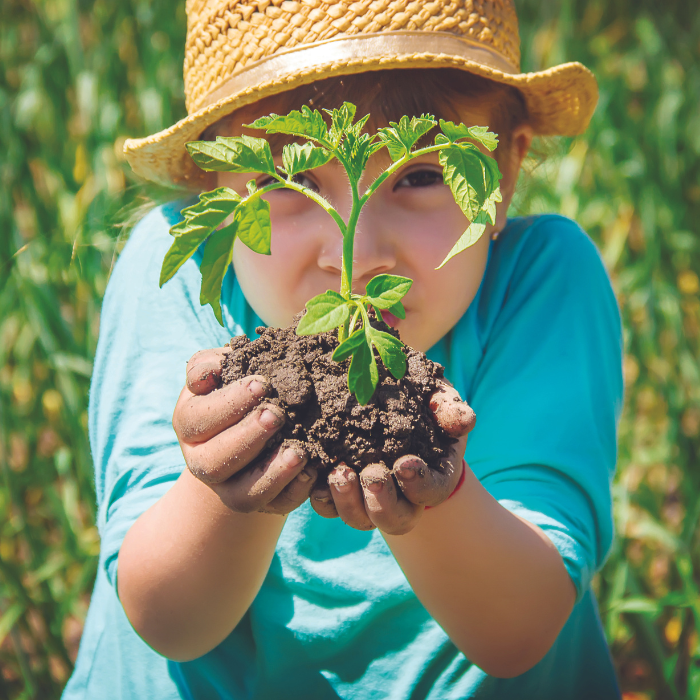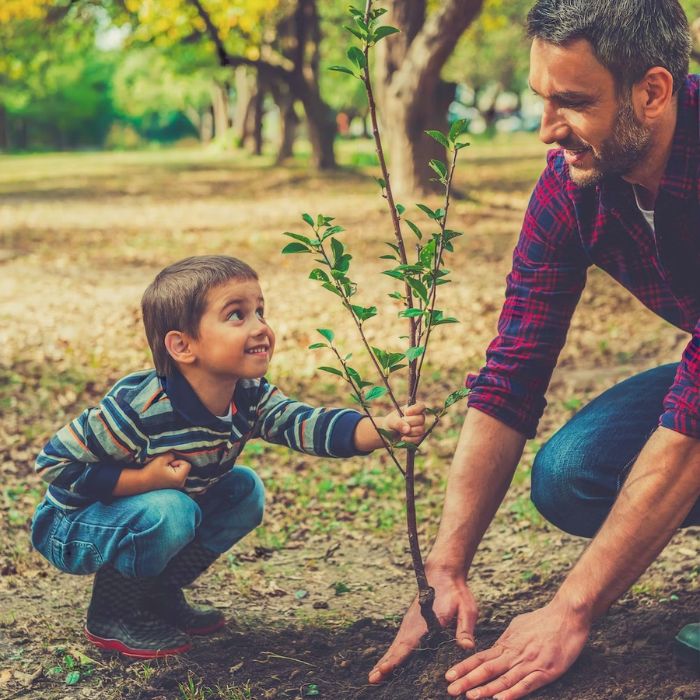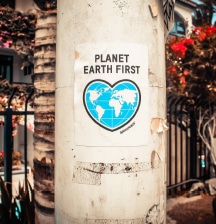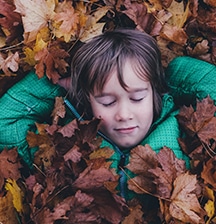
Ethical shopping for kids is a huge challenge without a doubt. Tearfund’s ethical fashion guru, Claire Gray, shares her personal top tips from this year’s Ethical Fashion Guide on how to shop ethically (and practically!) for kids.
I don’t know about you, but for me, the words ‘shopping’ and ‘kids’ in the same sentence fills me with dread. My two-year-old daughter treats every clothing store like an enormous dress up box mixed with a jungle gym. But, shopping for kids (and with kids!) is a necessity that we just can’t escape as mums right? Because of her age, my daughter requires a new wardrobe every six months! I can’t escape buying clothes, but I can make sure that this phase has as small an impact as possible on the planet and a positive impact on the people who make our clothes.
Here are my top three tips for mums like me to make ethical shopping a reality.
1. Fabric matters
All clothes, regardless of how they are made, where they are made, or what they are made from, have an environmental impact. However, not all garments are created equal because the fabric a garment is made from determines its environmental impact. The fashion industry contributes up to 10% of global greenhouse gas emissions and more than half of the supply chain emissions come from virgin fibre production. This means, making or growing the fibres from scratch. An estimated 342 million barrels of oil are used each year to produce synthetic clothing – polyester I’m looking at you!
The 2021 Ethical Fashion Report reveals that most companies are still not taking responsibility for this sort of environmental damage caused by the process of making their clothes. And even worse, New Zealand and Australian brands are lagging behind their international rivals!
When it comes to fabric my tips are to opt for natural, organic fibres which are biodegradable and do not require toxic chemical or recycled fabrics like recycled polyester. Organic cotton, wool, and linen are the most common natural fibres. You can find the fabric make up of a garment on the tag on the inside seam.
2. Look for the labels
Do you ever see funny symbols or logos on clothing you’re buying or the tags? These may be certifications. Certifications are a quick way to see whether a brand has invested in improving labour rights or environmental standards in its supply chain. We talked about environmental impact before and the way the fashion industry treats workers is no better than how it treats the planet. The industry has a bad reputation for worker exploitation in supply chains. Over 50 million people are employed in the garment industry worldwide. Low wages mean most of these workers and their families are stuck in a cycle of poverty! We’ve seen evidence of this happening in the research done for the 2021 Ethical Fashion Guide: only 4% of companies that we surveyed could show that they pay wages high enough to meet worker’s needs across all the factories that produce their clothes.
The good news is that lots of brands team up with certifications to help them reduce worker exploitation and environmental impact. With so many certifications on the market, it can be hard to know what’s what. Let me share a few of my favs! Better Cotton Initiative (BCI) certified underwear, t-shirts and more can be found at AS Colour, Kathmandu, Kmart, Cotton On and The Warehouse. BCI takes a holistic approach to sustainable cotton production. Another favorite is Organic Cotton. This is oh so good for your little one’s skin and doesn’t cost the earth (in more ways than one!). You can find this at Postie, Macpac, Country Road, Kmart and AS Colour for example.
3. Use the Ethical Fashion Guide
Luckily for us, Tearfund has done most of the hard yards assessing the efforts brands are putting into protecting workers and the planet. You find the A+ to F grades of over 400 brands in this year’s Ethical Fashion Guide. The Guide is a practical tool that you can use to demand change by supporting brands that are investing in ethical and sustainable practices. When you buy from brands with good grades, you’re supporting fairer working conditions and environmentally conscious production. And that’s something my daughter and I can certainly get excited about.
This year’s Ethical Fashion Guide can be downloaded at www.tearfund.org.nz/ethicalfashionguide








